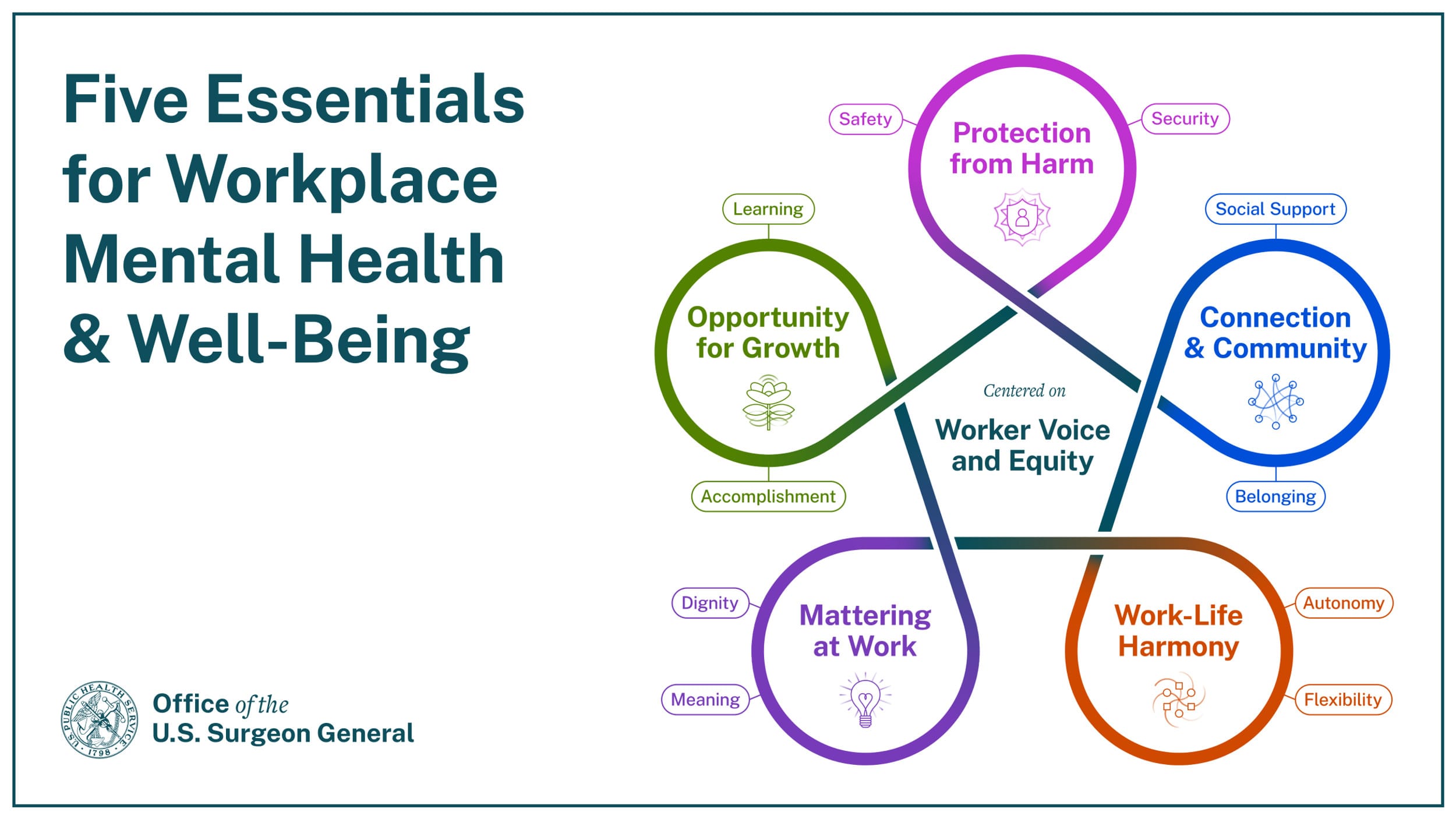The Centers for Disease Control and Prevention (CDC) recently announced the resumption of its weekly Morbidity and Mortality Weekly Report (MMWR), a vital tool in the dissemination of public health findings in the United States and beyond. This announcement follows a highly unusual interruption that raised concerns among healthcare professionals, researchers, and policy-makers.
The MMWR, often referred to as “the voice of public health,” has been published consistently since 1952, serving as an authoritative source of information on disease trends, outbreaks, and health-related issues of national and international concern. The hiatus, described by experts as the first of its kind in the publication’s history, sparked numerous questions about the transparency and continuity of federal health communications.
The MMWR’s suspension was part of broader communication setbacks within federal health agencies, reportedly tied to regulatory and guidance-related pauses. During this period, vital studies and updates were delayed, reducing the flow of critical health information at a time when global events such as the spread of the H5N1 avian flu continue to pose significant public health challenges.
Health officials and former CDC leadership voiced heightened concern over the implications of halting such a critical source of public health intelligence. Anne Schuchat, a former principal deputy director at the CDC, noted that the interruption marked a worrying precedent for science-based communications being subject to external pressures.
The first issue of the resumed MMWR reflects some adjustments to format and content. While it includes updates related to health effects caused by wildfires and other timely topics, missing are key scientific studies that stakeholders hoped to see published, particularly those focusing on emergent and ongoing health threats. For example, important research regarding the avian flu outbreak remains undisclosed, raising questions about the timeline for addressing such sensitive subjects. The avian flu threat had spread to various parts of North America, and its absence in the resumed reports leaves public health experts with gaps in actionable intelligence.
Despite the challenges, the return of the MMWR has been welcomed by the public health community, which sees the publication as both a practical resource and symbol of transparency. The MMWR’s regular updates not only provide guidance on emerging health issues but also facilitate coordination between local and national health departments, enabling a more coherent and effective response to threats.
Legal and political analysts following the suspension are examining whether the pause reflects broader governance questions or internal policy conflicts. Some experts speculate that the hiatus may reveal vulnerabilities in how public health and political priorities align, particularly under changing administrative policies.
The MMWR’s return comes at a time when renewed public faith in expert health guidance is critical. As the COVID-19 pandemic demonstrated, transparent communication from institutions like the CDC is essential to maintaining public trust and ensuring population-level responses align with scientific recommendations. Misinformation and hesitancy can proliferate in environments where clear and credible communications are missing, compounding challenges for health authorities.
Looking forward, the future of the MMWR and its role in framing the U.S. public health agenda is under scrutiny. Questions remain about whether similar interruptions could happen again and what mechanisms are necessary to prevent disruptions. In a world marked by rising zoonotic diseases, climate change-induced health effects, and persistent inequalities in healthcare access, regular updates from sources like the MMWR will be essential to meeting modern public health challenges.
The resumption of weekly publications represents a critical step forward for the CDC. However, stakeholders emphasize the need for consistent transparency and a commitment to the agency’s foundational ethos: ensuring public health through data-sharing and open communication. As the interplay between politics, science, and public health continues to evolve, the role of trusted publications like the MMWR will remain indispensable in safeguarding public health.



